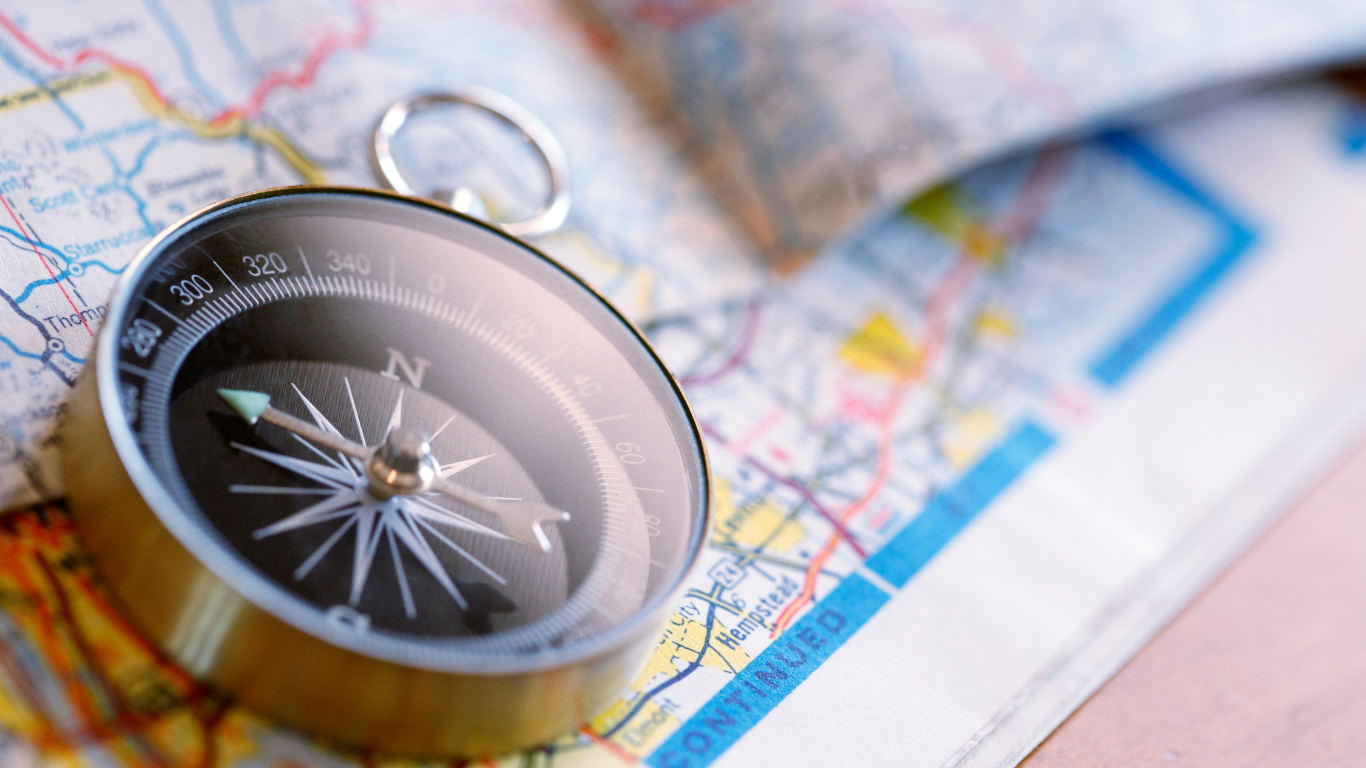
It’s easy to get swept away by the cycles of daily life. We find ourselves caught in a cycle of routines, obligations, and unforeseen events, rarely taking the time to pause and reflect on where we’re headed. Last month, we discussed the importance of mindfulness and staying in the present moment with our tasks. This is extremely important. So is looking ahead. This is where life planning comes into play—a process that empowers you to take control of your future, align your actions with your goals, and ultimately lead a more fulfilling and purposeful life.
Life planning is not just about setting goals; it’s about envisioning the life you truly desire and mapping out the steps to get there. It involves a holistic approach, considering every aspect of your existence, from career and finances to health and relationships. By dedicating time to planning your life, you create a blueprint that guides your decisions, helps you navigate challenges, and keeps you focused on what truly matters.
In this blog, we will explore the nuances of life planning, exploring how it can enhance your sense of direction, improve your mental and emotional well-being, and provide a clearer vision for your future. Whether you’re at a crossroads, seeking greater balance, or striving for personal growth, life planning offers invaluable benefits that can transform your journey. Life planning can help you craft the life you’ve always envisioned or create a vision for the life you want to have.
Your Personal Road Map

Life Planning is your very own guide that draws from your personally developed itinerary focused on your most desired places to go, sights to take in, experiences to savor, identifying the causes you want to champion, and being with the people dear to you, on your most significant journey imaginable.
Your guide is tailored for and by you, matching what’s core to why you are who you are; taking into account what you yearn for most. You’ll discover what obstacles might get in your way. Determine who can help you overcome them. You’ll even have the freedom to exercise your option to choose the timing to take action on possible adjustments to keep your journey on course.
When you find that certain aspects of your itinerary no longer align with your initial planning, you can let them go. This includes adding new choices to your itinerary, including changing where you wish to travel, expanding or scaling back your list of people to be with, and shifting experiences based on your change of heart.
Essentially, Life Planning is a roadmap that identifies what is most important to you that is born of your dreams and aspirations. It’s a way of taking wishes and fantasies and turning them into a plausible approach to making them a reality.
What Life Planning is not, is a plan for the end of life. By contrast, it is as the title suggests. It is a way of looking at your life in terms of what can be possible when we allow ourselves to dream and then look at ways of turning dreams into reality. It is also not a plan full of guardrails. Instead, guidelines for how to move forward. It also is not a constriction that can not be altered.
As the saying goes, “Life happens when you’re making plans.” The suggestion is that life does not go according to plan. While this is often true, the lack of a plan provides you with no starting point nor ultimate attainment of something important to you because you chose not to put whatever it is in motion. Life planning allows you to consider what you really value most and then map out steps to move you in that direction. While you might find something else along the way, the life plan guides you to possible roads to travel. Something that I often heard as an athlete is a quote credited to Norman Vincent Peale, “Shoot for the moon. Even if you miss, you’ll land among the stars.”
Next comes Creating a Purpose and Direction
